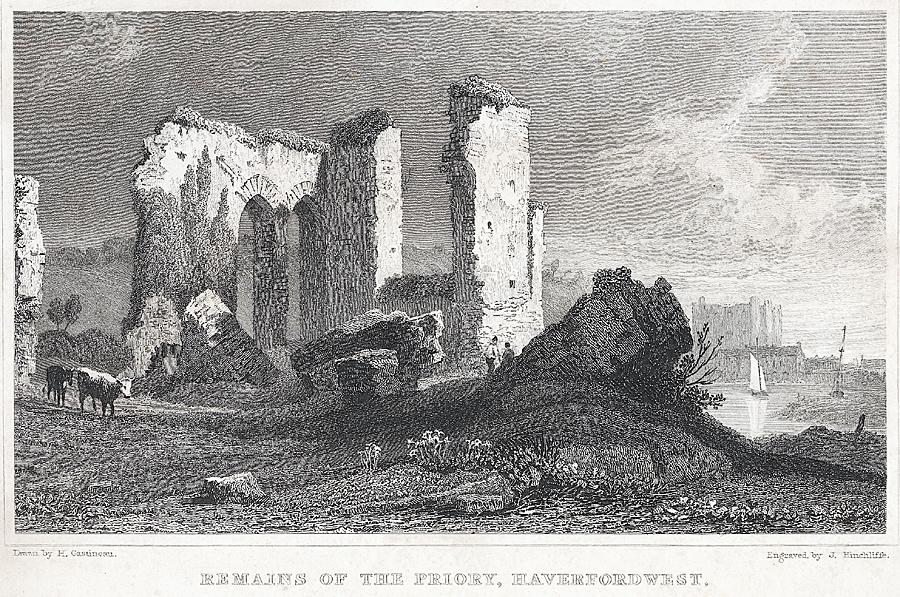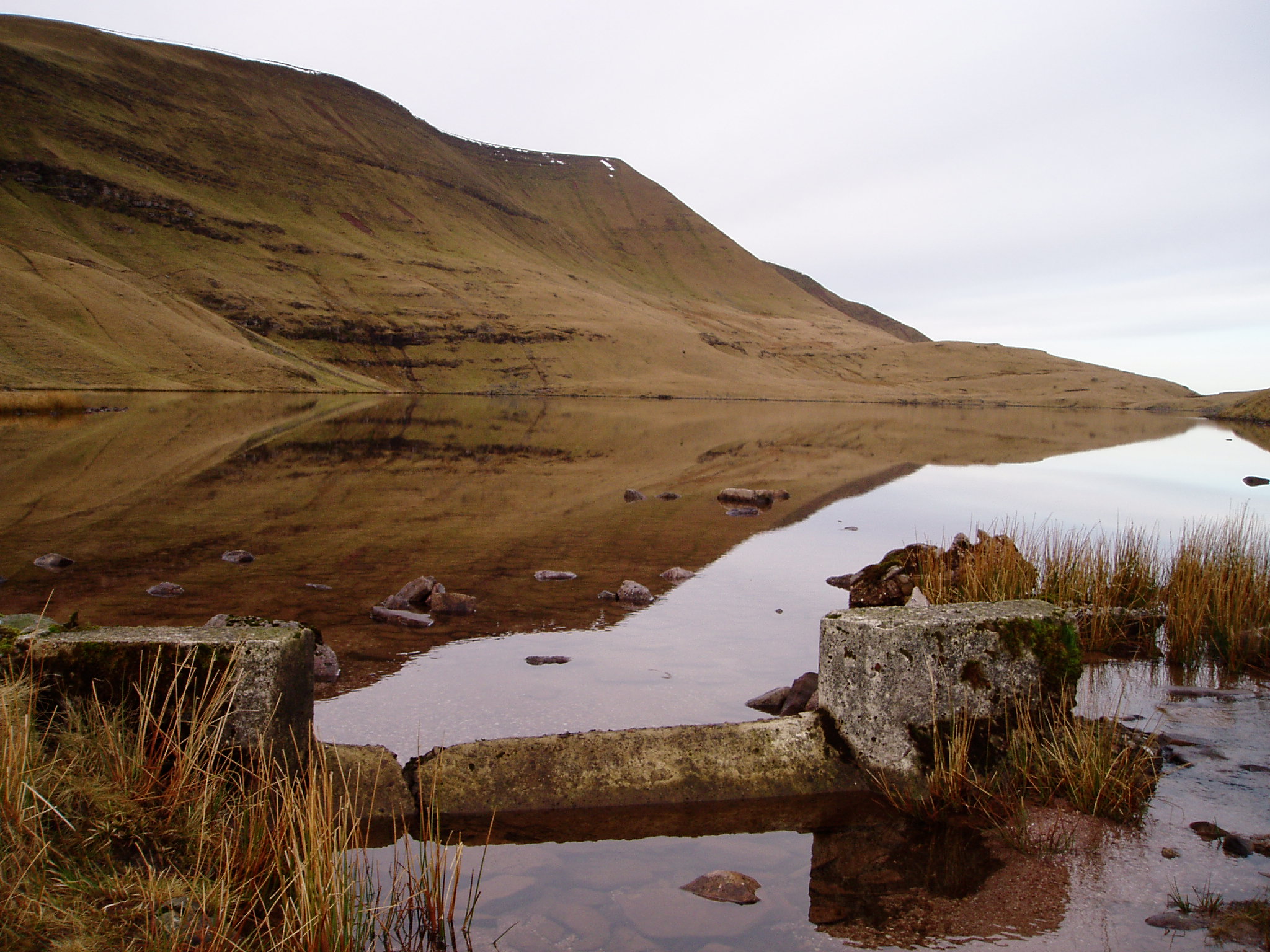|
Sheriff Of Carmarthen
The Sheriff of Carmarthen is a ceremonial position in the town of Carmarthen, Wales. The position formerly had significant judicial responsibilities, but gradually lost those functions. The post was created in 1604 when the town was given the right to appoint its own two sheriffs, making it a county corporate, independent from the jurisdiction of the Sheriff of Carmarthenshire. The Municipal Corporations Act 1835 led to the number of sheriffs in Carmarthen being reduced from two to one. In 2017 Carmarthen Town Council hosted the annual meeting of the ''National Sheriff’s Association of the Cities and Towns of England and Wales''. Carmarthen is one of only two towns in Wales that have a Town Sheriff, the other being Haverfordwest Haverfordwest (, ; cy, Hwlffordd ) is the county town of Pembrokeshire, Wales, and the most populous urban area in Pembrokeshire with a population of 14,596 in 2011. It is also a community, being the second most populous community in the count ... ... [...More Info...] [...Related Items...] OR: [Wikipedia] [Google] [Baidu] |
Carmarthen
Carmarthen (, RP: ; cy, Caerfyrddin , "Merlin's fort" or "Sea-town fort") is the county town of Carmarthenshire and a community in Wales, lying on the River Towy. north of its estuary in Carmarthen Bay. The population was 14,185 in 2011, down from 15,854 in 2001, but gauged at 16,285 in 2019. It has a claim to be the oldest town in Wales – ''Old Carmarthen'' and ''New Carmarthen'' became one borough in 1546. It was the most populous borough in Wales in the 16th–18th centuries, described by William Camden as "chief citie of the country". Growth stagnated by the mid-19th century as new settlements developed in the South Wales Coalfield. History Early history When Britannia was a Roman province, Carmarthen was the civitas capital of the Demetae tribe, known as Moridunum ("Sea Fort"). It is possibly the oldest town in Wales, recorded by Ptolemy and in the Antonine Itinerary. The Roman fort is believed to date from about AD 75. A Roman coin hoard was found nearby in 2 ... [...More Info...] [...Related Items...] OR: [Wikipedia] [Google] [Baidu] |
County Corporate
A county corporate or corporate county was a type of subnational division used for local government in England, Wales, and Ireland. Counties corporate were created during the Middle Ages, and were effectively small self-governing county-empowered entities such as towns or cities which were deemed to be important enough to be independent from their counties. A county corporate could also be known as a ''county of itself'', similar to an independent city or consolidated city-county in other countries. While they were administratively distinct counties, with their own sheriffs and lord lieutenancies, most of the counties corporate remained part of the "county at large" for purposes such as the county assize courts. From the 17th century, the separate jurisdictions of the counties corporate were increasingly merged with that of the surrounding county, so that by the late 19th century the title was mostly a ceremonial one. History By the 14th century, the growth of some towns had ... [...More Info...] [...Related Items...] OR: [Wikipedia] [Google] [Baidu] |
High Sheriff Of Carmarthenshire
This is a list of High Sheriffs of Carmarthenshire. Carmarthenshire was originally created by the Statute of Rhuddlan in 1284. It became an administrative county in 1889 with a county council following the Local Government Act 1888. Under the Local Government Act 1972, the administrative county of Carmarthenshire was abolished on 1 April 1974 and the area of Carmarthenshire became three districts within the new county of Dyfed : Carmarthen, Dinefwr and Llanelli. Under the Local Government (Wales) Act 1994, Dyfed was abolished on 1 April 1996 and the three districts united to form a unitary authority which had the same boundaries as the original Carmarthenshire but remaining in the shrievalty of Dyfed. List of Sheriffs *1424-1426: Sir John Skydemore of Kentchurch, Herefs. *1432-1435: Griffith Dwnn, of Mudlescwm, Kidwelly (father of Sir John, below) *1436: Sir Gruffudd ap Nicolas *1438: Sir Edward Stradling *1463: Sir John Dwn of Kidwelly 16th century 17th century 18th centur ... [...More Info...] [...Related Items...] OR: [Wikipedia] [Google] [Baidu] |
Municipal Corporations Act 1835
The Municipal Corporations Act 1835 (5 & 6 Will 4 c 76), sometimes known as the Municipal Reform Act, was an Act of the Parliament of the United Kingdom that reformed local government in the incorporated boroughs of England and Wales. The legislation was part of the reform programme of the Whigs and followed the Reform Act 1832, which had abolished most of the rotten boroughs for parliamentary purposes. Royal commission The government of Lord Grey, having carried reform out of parliamentary constituencies, turned its attention to local government. In February 1833 a select committee was appointed "to inquire into the state of the Municipal Corporations in England, Wales, and Ireland; and to report if any, and what abuses existed in them, and what measures, in their opinion, it would be most expedient to adopt, with a view to the correction of those abuses". The committee made their report in June 1833, having enquired into a handful of boroughs. The committee found that: ... [...More Info...] [...Related Items...] OR: [Wikipedia] [Google] [Baidu] |
Sheriff
A sheriff is a government official, with varying duties, existing in some countries with historical ties to England where the office originated. There is an analogous, although independently developed, office in Iceland that is commonly translated to English as ''sherif''. Description Historically, a sheriff was a legal official with responsibility for a shire, the term being a contraction of "shire reeve" (Old English ). In British English, the political or legal office of a sheriff, term of office of a sheriff, or jurisdiction of a sheriff, is called a shrievalty in England and Wales, and a sheriffdom in Scotland. In modern times, the specific combination of legal, political and ceremonial duties of a sheriff varies greatly from country to country. * In England, Northern Ireland, or Wales, a sheriff (or high sheriff) is a ceremonial county or city official. * In Scotland, sheriffs are judges. * In the Republic of Ireland, in some counties and in the cities of Dublin an ... [...More Info...] [...Related Items...] OR: [Wikipedia] [Google] [Baidu] |
Haverfordwest
Haverfordwest (, ; cy, Hwlffordd ) is the county town of Pembrokeshire, Wales, and the most populous urban area in Pembrokeshire with a population of 14,596 in 2011. It is also a community, being the second most populous community in the county, with 12,042 people, after Milford Haven. The suburbs include the former parish of Prendergast, Albert Town and the residential and industrial areas of Withybush (housing, retail parks, Withybush General Hospital, hospital, Withybush Airport, airport and showground). Haverfordwest is located in a strategic position, being at the lowest bridging point of the Western Cleddau prior to the opening of the Cleddau Bridge in 1975. Topography Haverfordwest is a market town, the county town of Pembrokeshire and an important road network hub between Milford Haven, Pembroke Dock, Fishguard and St David's as a result of its position at the tidal limit of the River Cleddau, Western Cleddau. The majority of the town, comprising the old parishes of ... [...More Info...] [...Related Items...] OR: [Wikipedia] [Google] [Baidu] |
Carmarthenshire
Carmarthenshire ( cy, Sir Gaerfyrddin; or informally ') is a county in the south-west of Wales. The three largest towns are Llanelli, Carmarthen and Ammanford. Carmarthen is the county town and administrative centre. The county is known as the "Garden of Wales" and is also home to the National Botanic Garden of Wales. Carmarthenshire has been inhabited since prehistoric times. The county town was founded by the Romans, and the region was part of the Kingdom of Deheubarth in the High Middle Ages. After invasion by the Normans in the 12th and 13th centuries it was subjugated, along with other parts of Wales, by Edward I of England. There was further unrest in the early 15th century, when the Welsh rebelled under Owain Glyndŵr, and during the English Civil War. Carmarthenshire is mainly an agricultural county, apart from the southeastern part which was once heavily industrialised with coal mining, steel-making and tin-plating. In the north of the county, the woollen in ... [...More Info...] [...Related Items...] OR: [Wikipedia] [Google] [Baidu] |

